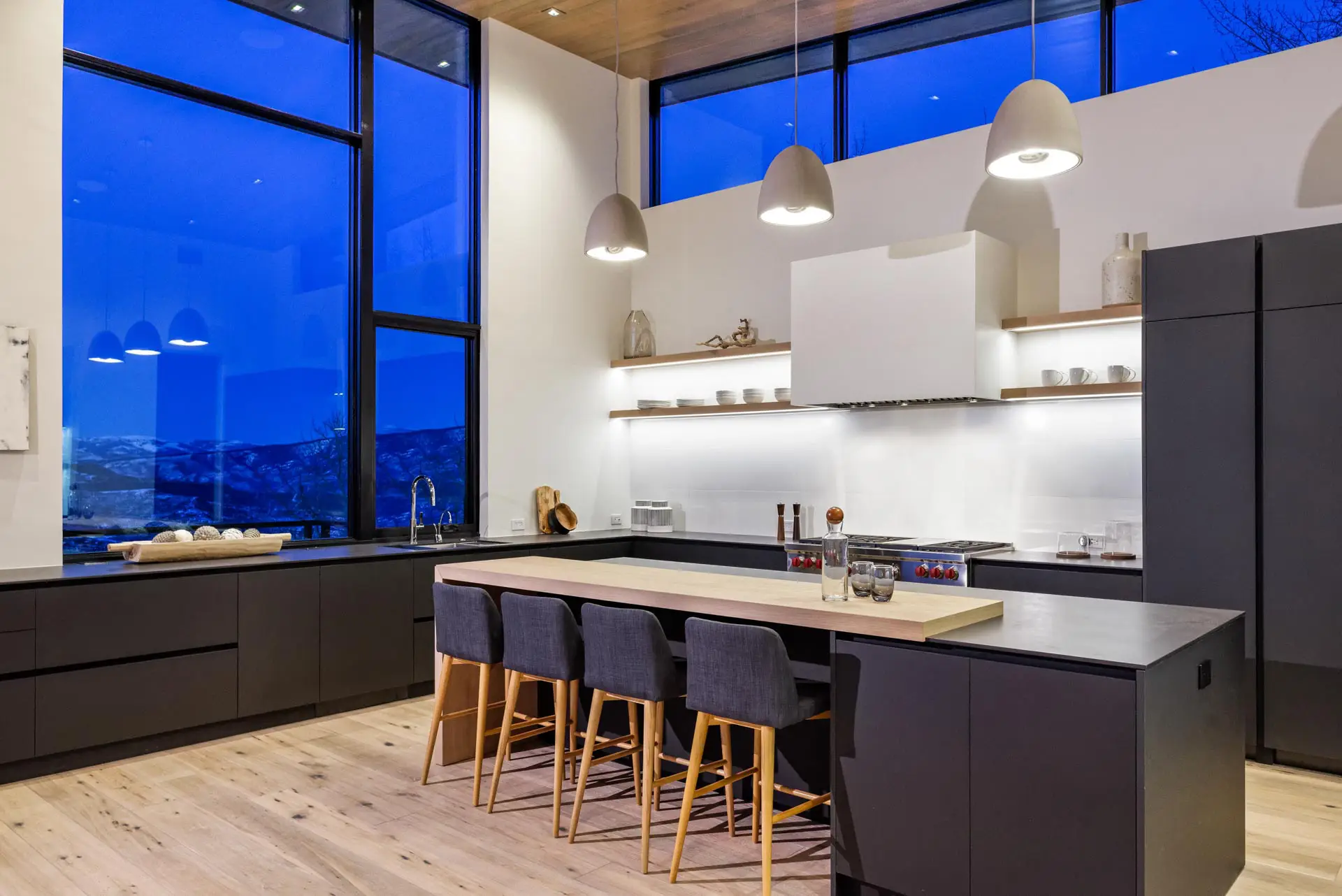
GET INTO YOUR CUSTOM HOME FASTER WITH CLT
Can CLT Allow for Shorter Build Times and Get Clients in Their Homes Faster?
If you’ve been following this series, you know the answer. Definitely. CLT’s main competitive advantage has been its potential to make the construction process more efficient and thus much faster. In previous articles, we’ve covered its other benefits – from complementing BIM technologies to cutting down costs and construction time in challenging sites.
We’ve seen CLT used in multi-story buildings and pavilions. We’ve also looked at the opportunities it presents to architects, designers, and contractors. But, what can CLT actually deliver to the client? How can CLT be used in custom home buildings? Should you consider building your home with CLT? Here, we answer the most important questions on CLT and homebuilding or CLT homes.
How Does CLT Allow for Faster Build Times?
The first thing to understand is the mechanics and logistics of using CLT. Before a home can be built, designers and architects draft detailed plans and drawings of each element of a house. From door frames to window openings, architects detail connections and components to communicate with contractors.
On the other end, CLT is produced using “computer numerical control” (CNC) machines, which allows for precise cuts using data from digital or CAD drawings. This gives CLT the ability to be molded into exact and precise dimensions – giving builders confidence that the final product will match the architect’s design. This saves the contractor considerable time in quality control.
This precision and prefabrication allow CLT to be produced off-site in controlled factory environments. On top of saving costs from having to provide material storage and staging, it saves assembly time on site. Since CLT was already cut into the required dimensions, builders can simply fasten and assemble the panels once they are delivered to the construction site. As such, building with CLT reduces building time, material waste, and required manpower.
In an increasingly tight labor market, reducing the required number of construction workers can result in massive savings. Lastly, since they are prepared off-site, CLT is not climate-dependent. This means that construction can proceed no matter the season, without being inhibited by climate conditions.
How Does it Work On Site?
The CLT panels are delivered to the construction site with prefabricated dimensions – complete with pre-cut openings for openings such as doors, windows, and even ducts. They are then quickly lifted into their specific location on site using pre-installed lifting straps and cranes.
This “just-in-time” method allows days, even months to be shaved off the construction schedule, significantly reducing the time to complete a building. Follow us for CLT panels Update on our Instagram Account.




